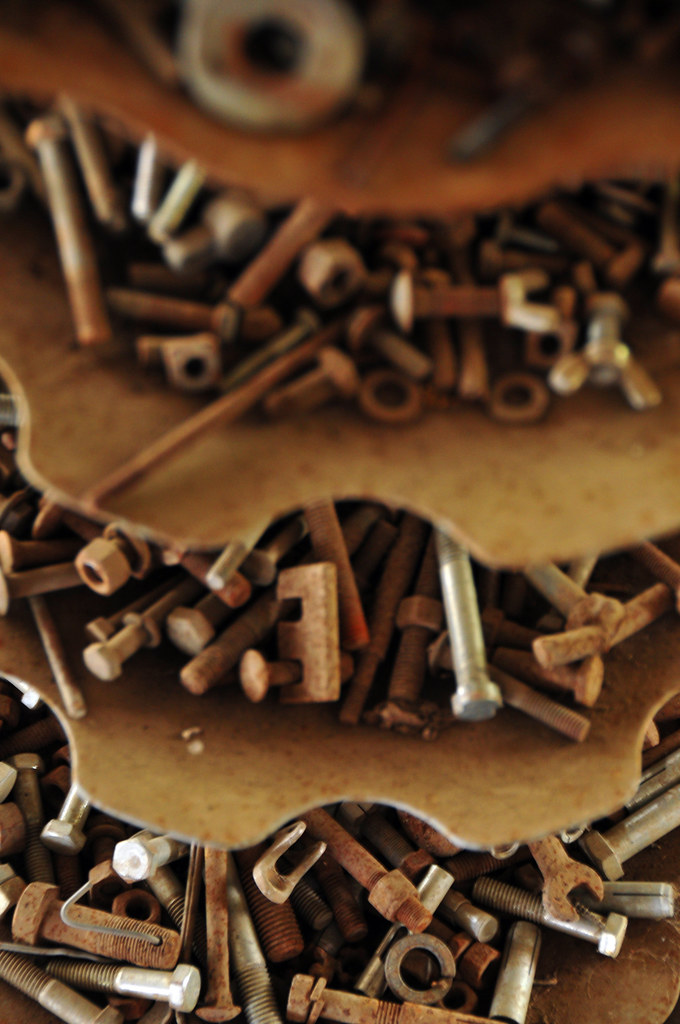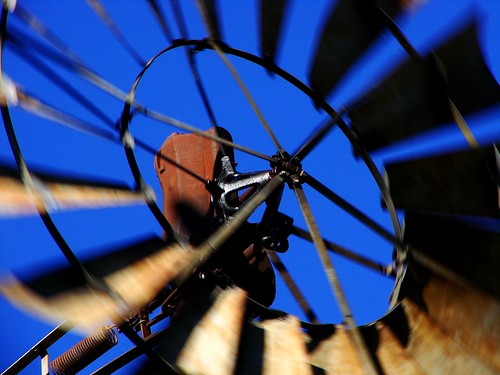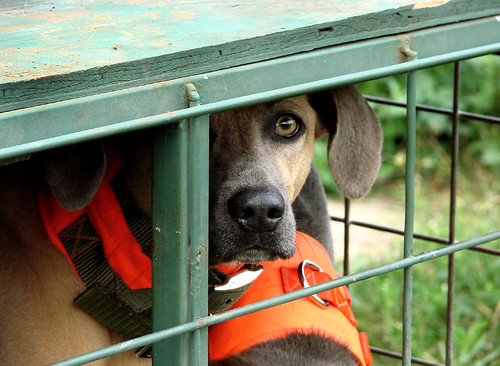I shoot all JPEG because I am lazy. I just bought a new 4GB extreme III CF card and plan to try out RAW my next outing.
Announcement
Collapse
No announcement yet.
Treatments...Before and After
Collapse
X
-
Travis in your camera's Menu 1 window, the first menu item is QUALITY. Select that and go into it's associated menu. What you probably want to do is select RAW/JPG @ High Quality. That selection is at the bottom of the QUALITY menu screen. It looks like:
RAW +L HIGH QUALITY
RAW file extensions are IMG_***.CR2 and jpeg are IMG_***.JPG
You also have a depth of field preview button, lower left bottom side of the lens base connector. It's located just below your REMOVE LENS button. Get used to pushing that guy when you frame your subject. It will blur out things in the foreground/background or bring things into sharp focus from near to infinity (up to you for final).
Another MENU feature on the 400D, that is well worth tweaking, is the PICTURE STYLE menu. In this particular menu, you can maximize sharpness, contrast and saturation elements. On my 350D, I have my sharpness and saturation elements maxed out. Reference pages 78 - 82 in your user manual and give some of these settings a try. Your 400D has a lot of very cool menu features and playing around with them will greatly improve the overall image resolution before you upload the images to your PC.
Thanks alot Rob! I wondered what all those buttons are for! Man you can tell I'm a rook!
Man you can tell I'm a rook!
Comment
-
I am reading an article now on the HDR and it is a cool edit.
Travis, the jpg and raw edits are only the ability on the compression of the jpg from the raw. It is better to shoot your images in the raw format for that reason.
I can adjust my jpg fine images but notice that the noise seems to be more noticeable when shot in jpg other than raw.
Dale,
Here is a few for you that was a timed shot that has no edit to the original other than changing it to a jpg. These are "real" shots.
Sorry if I was off base earlier


Comment
-
Thanks Rob. You don't have to shoot RAW to do HDR. You can blend JPEGs or TIFFs or whatever too. Photomatix is what I'm using after trying some of the others. It's really very easy - definitely more to do than taking the JPEGs off the memory card, but not nearly as much as you'd think. You just put 2 or more pics in the start box and click OK. It thinks and processes for a bit, and then you get an HDR file. It looks like crap though, because it has much more dynamic range than our monitors can process. The next step is "tonemapping". That's where the software takes the HDR and puts it back into LDR (low dynamic range) so that we can view it on our monitors and/or print it on current paper, etc... There are a few sliders to play with in the tonemapping adjustment process. At first, that freaked me out, because I have no idea what some of them are doing. But I got to where I just move them around until I like what I see. I don't have to know what they're doing.Originally posted by AtTheWall View PostHDR stuff is pretty cool Shane and excellent work! I guess using bracket exposure, shoot in RAW, with a solid tripod, is probably the safest bet? I can imagine the amount of work involved with HDR software editing. I know it would greatly improve the light spectrum on panoramic shots. I have found compiling pan shots is challenging from frame to frame from the standpoint of light consistency as the pics swing through the light spectrum. I use my onboard light meter and match the readings dialing in F stops to do so. Even then, it's tough and a good handheld light meter would help greatly. Sure wished I could drop the money on a good light meter right now.
Camera companies are trying like crazy to improve HDR technology with the camera's onboard chip set. Increasing pixels without improving HDR technologies onboard isn't too smart. JPEG2000 isn't an option on my camera so RAW mode is the only way to go there. Hopefully in the next few years some of this technology will make things easier.
Like you say, this will all be obscelete when we get HDR sensors and monitors (and printers). Until then, it's a cool tool.
Shooting bracketed exposures doesn't necessarily require a tripod, but it's best. I've done several with a monopod and also handheld. Just set to continuous shooting mode, get a solid grip, and fire away. Photomatix even works to take out some of the blurriness that you get from movement. Kinda like a VR lens, I guess. It can't solve all the problems, but it helps a little.
Another thing you can do is a "pseudo HDR". Take just one image and set 2 or more different exposure or gamma adjustments in your editing software. Then you can blend those just like you would true multiple exposures. The "purists" are quick to point out that you are not working with a true HDR that way, but you can get similar results on the LDR end result.
This one shot HDR deal works well for shots of moving objects. Obviously, multiple exposures of a running deer are not going to work. You'll get ghosting where it would look like 3 ghost deer instead of 1 deer (on a 3-shot blend). Using only 1 shot solves that problem.
Anyway....lots of possibilities....Last edited by Shane; 06-11-2008, 11:57 AM.
Comment
-
If you can use Photoshop's Camera RAW - which I just found out can work with JPEGs too!!! - you can use the Clarity slider. It will magically remove a lot of haze. Pretty cool.Originally posted by mesquitecountry View PostQuestion.
How do yall make the colors pop on the clouds like above??? Working with the saturation??
Photoshop's shadow/highlight adjustment will work wonders on a sky sometimes too. It's almost like a little pseudo-HDR.
You can also use good ol' curve adjustments. I'm finding that instead of one big "S" curve for the entire image, sometimes an S curve for the darker areas on the left side of the histogram will adjust contrast on those colors and shades. And then another little mini-S curve at the right side where all the sky pixels are makes it pop. You can bring the blue sky pixels down a bit and the white cloud pixels up a bit, and that will get you some contrast just in the sky and really light areas.
Maybe that makes sense, I hope. I'm sure there are better ways to do it, but those are a couple of things I've stumbled on by just fiddling around with things.
Comment
-
Sweet free is good. Can it do cool stuff like the layering and putting peoples heads on other peoples bodies and changing the layering and coloring of different objects like clouds? I should probably stop boring yall with my questions and just start diving in. Just trying to cut off about 10 hours of learning curve.
I really appreciate all of the advice and help.
Comment
-
Travis, sorry for the mumbo jumbo. I thought you already had Photoshop. You can get Photoshop Elements for $100 or less, and it'll do most everything you need to do. I don't think it does HDR or anything, but it'll do most of the rest.
Also, like Rob said, Zoom Browser is good, and also Digital Photo Professional that came with your camera is a little more powerful. It works with RAW and JPEG. It has white balance adjustment for RAW. Also has sharpness, contrast, brightness, cropping, and the main adjustments, including curves. Curves is just a more fluid brightness/contrast adjustment deal. You just click on the straight diagonal line and drag a curve into it. Play around with that and see what happens. A steeper curve means more contrast.
Comment




Comment